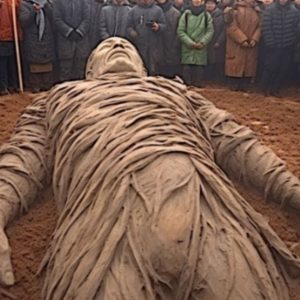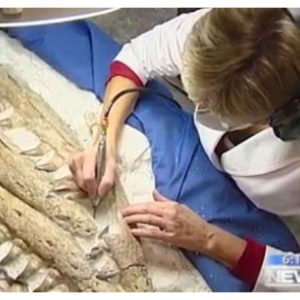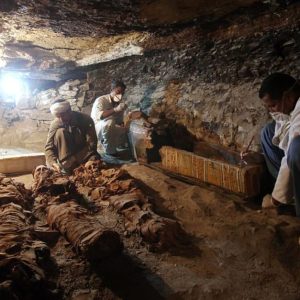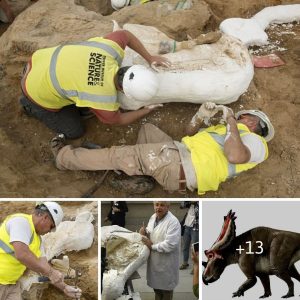As a new museum opens to commemorate Burma’s WWII-era “Death Railway”, Violet takes a look at “dark tourism” across Southeast Asia.

It doesn’t matter where you go in the world; the beautiful is always accompanied by the ugly. Alongside spectacular human constructions like Angkor Wat or Bagan, stunning natural landscapes like Halong Bay, and beautiful cities like Luang Prabang, there are also the remnants of a less glorious past: the Killing Fields in Cambodia; the Cu Chi Tunnels in Vietnam; or the pockmarked central plains of Laos. In Southeast Asia, dogged by violence and oppression throughout the 20th century, so-called “dark tourism” sites are particularly plentiful.

Understanding Burma’s troubled pastBurma has had more than its fair share of the rough in the past couple of centuries, beginning with British colonial rule, moving on through Japanese occupation in WWII and culminating in 50 years under a repressive military dictatorship. Without understanding this tumultuous background, you cannot possibly hope to understand the challenges faced by modern Burma – or grasp just how exciting it is for Aung San Suu Kyi’s NLD party to have finally won their election.
Death RailwayOne of the reasons I am revisiting this subject now is because of the opening last Monday of the Death Railway Museum in Thanbyuzayat, 60 kilometres south of Mawlamyine. The museum memorialises the construction of the Burma Railway by the Japanese in 1943, and covers a massive four acres of land, displaying photographs, sculptures, paintings and 3D images capturing the daily lives of railway workers. It’s a depressing subject – but a fascinating one, and it has already provided fodder for history buffs in the form of films (The Bridge on the River Kwai and The Railway Man being two examples) and books (such as The Narrow Road to the Deep North by Richard Flanagan).

The railway was built to provide supplies to Japan’s troops during WWII, and was constructed using forced labour – by both Allied POWs and local civilians. As a feat of engineering it was an astounding accomplishment, with 415 kilometres of track and over 600 bridges thrown together with minimal time, tools, or supplies and in extremely harsh conditions. In terms of strategic success, however, it was a total failure; and in terms of human cost it was devastating. It’s thought that around 100,000 workers died due to maltreatment and horrendous working conditions, lending the route its forbidding moniker: Death Railway.
As fascinating as the subject is – I can’t help feeling rather uncomfortable at reports that the new museum is to form the heart of a shiny new development including a hotel, restaurant, shopping centre, swimming pool and souvenir shop (what souvenirs can it possibly sell?). But if it means that more people learn about history and the mistakes of the past, I suppose it can only be a good thing.





